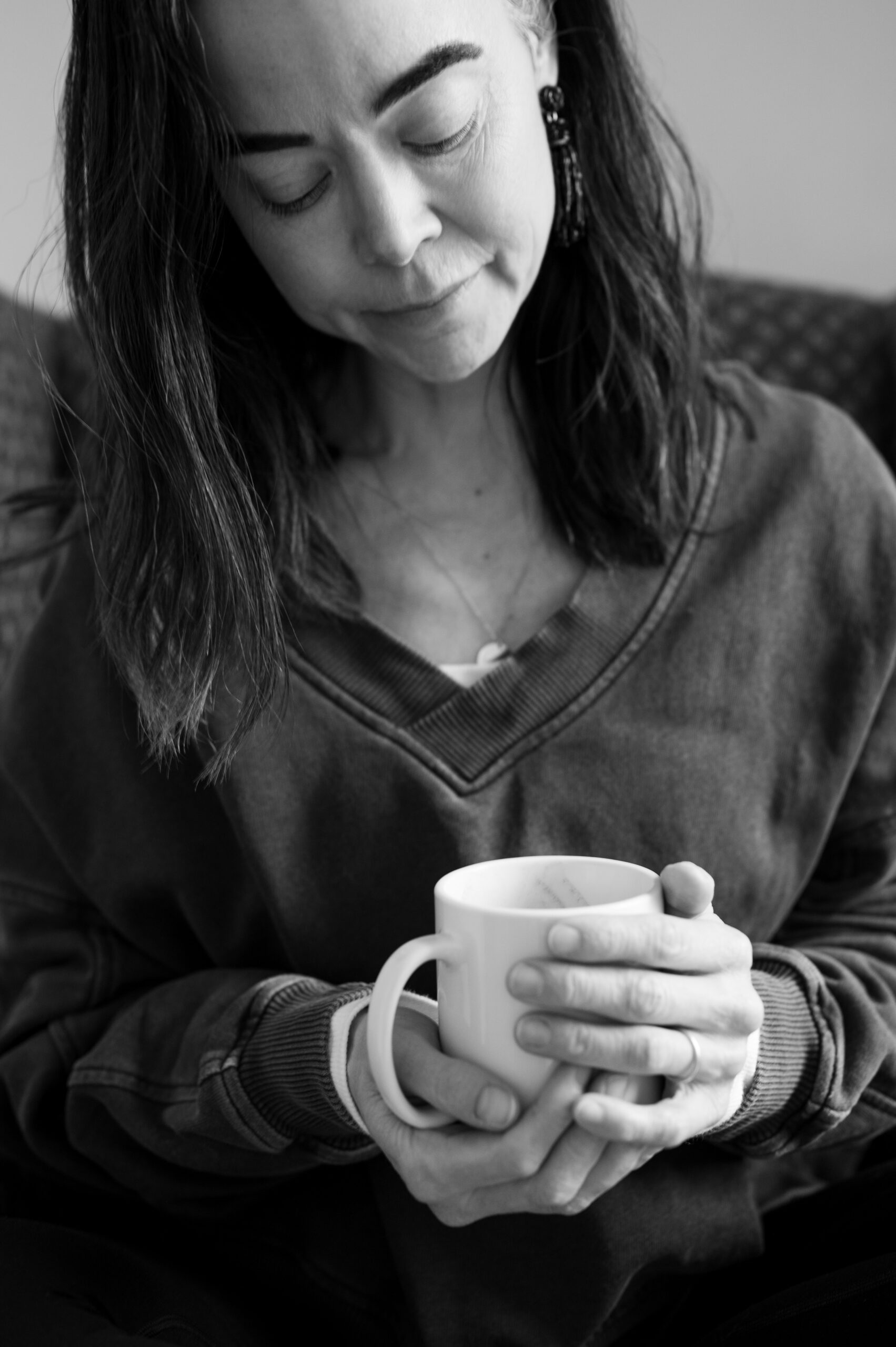the latest articles
For many of us, a diagnosis was supposed to be the beginning of healing. An explanation. A way forward. But what if it was never the full truth? What if the symptoms you’ve been labeled with are not disorders at all—but survival codes? What if the patterns you’ve been trying to fix… were never broken […]
Healing is not always loud. Sometimes, it moves through you in quiet, subtle shifts—whispers of transformation before they become roars of change. In CPTSD Medicine, the unburdening process is not just about understanding trauma; it is about releasing the trauma agreements you never chose. These agreements—formed in survival—once kept you safe but no longer serve […]
Feeling stuck deciding whether to stay or leave? I felt so incredibly lonely and isolated when I was deciding whether to stay or leave my first marriage. It seemed like there was no one I could really talk to about this decision. Sure, I could complain, vent, and seek validation for how miserable I felt, […]
Once we understand we have CPTSD, many of us want to know how to achieve efficient progress in CPTSD Resolution next. In CPTSD Medicine, we use the term CPTSD Resolution to communicate that something has completed, closed, ended. “Having CPTSD” is something you no longer identify with. You had CPTSD and now you do not. […]
One of the most overlooked consequences of untreated or unresolved CPTSD is the emergence of behaviors that can feel, or be perceived as, selfish. Addressing this directly is not about shame or blame—it is about understanding the deeper layers beneath it. You are not selfish. You are not a bad person. But when your internal […]
When it comes to CPTSD Resolution, there is a transformative truth that often gets overlooked: You are your greatest ally. For many childhood trauma survivors, this can feel foreign—maybe even untrue. But here is the reality: even if your past holds “evidence” that suggests you could not rely on yourself, you have the power to […]
Hi, I'm Tanner, the founder and channeler of CPTSD Medicine. From my home in Western Pennsylvania, I guide adults with unresolved CPTSD to unburden trauma energies, clean up their relational fields, and radiate their inherent healing power. As a former professor of education and a current Level 3 IFS Practitioner, my mission is to set as many humans free from the cage of CPTSD as possible.
Meet Tanner, founder of CPTSD Medicine
My approach empowers you to reclaim your sovereignty and lead your life with clarity, intention, and confidence.
A practical guide offering simple steps for stabilizing intense emotions quickly—restoring a grounded presence in moments of overwhelm.
PUT THE FLOOR BACK UNDERNEATH YOU
STOP SPIRALING IN 5 MINUTES





